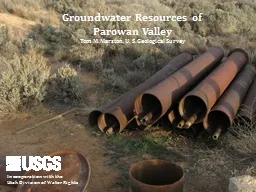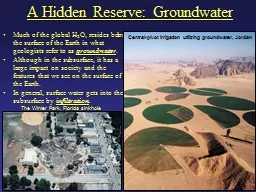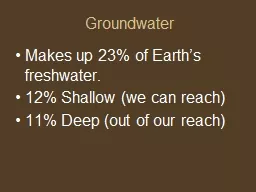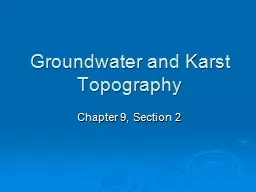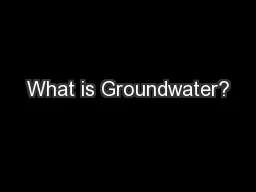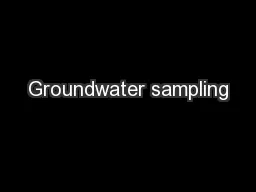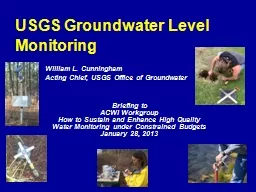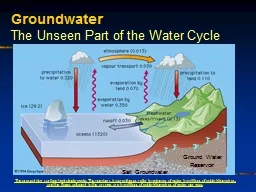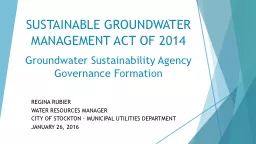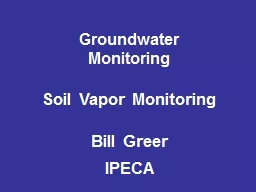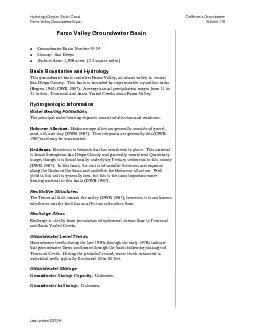PPT-Groundwater Resources of Parowan Valley
Author : mitsue-stanley | Published Date : 2016-07-10
Tom M Marston U S Geological Survey In cooperation with the Utah Division of Water Rights Parowan Valley Approx 160 mi 2 Structural depression between Hurricane
Presentation Embed Code
Download Presentation
Download Presentation The PPT/PDF document "Groundwater Resources of Parowan Valley" is the property of its rightful owner. Permission is granted to download and print the materials on this website for personal, non-commercial use only, and to display it on your personal computer provided you do not modify the materials and that you retain all copyright notices contained in the materials. By downloading content from our website, you accept the terms of this agreement.
Groundwater Resources of Parowan Valley: Transcript
Download Rules Of Document
"Groundwater Resources of Parowan Valley"The content belongs to its owner. You may download and print it for personal use, without modification, and keep all copyright notices. By downloading, you agree to these terms.
Related Documents

